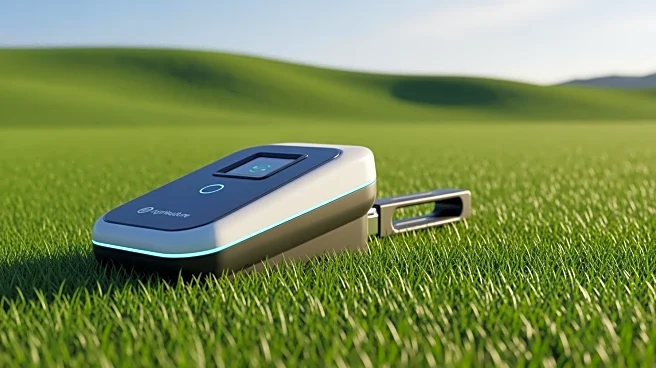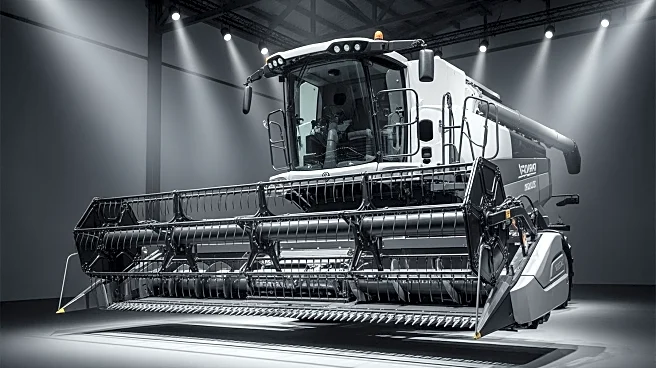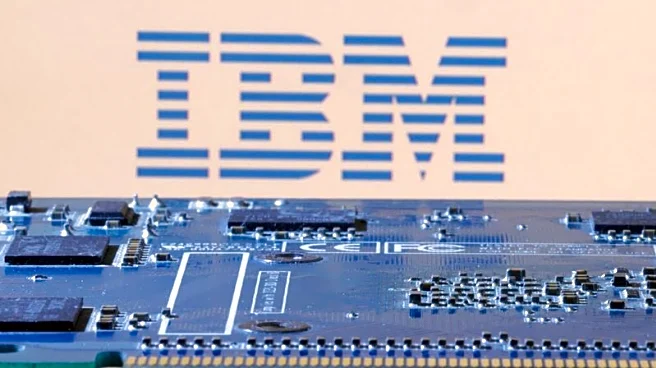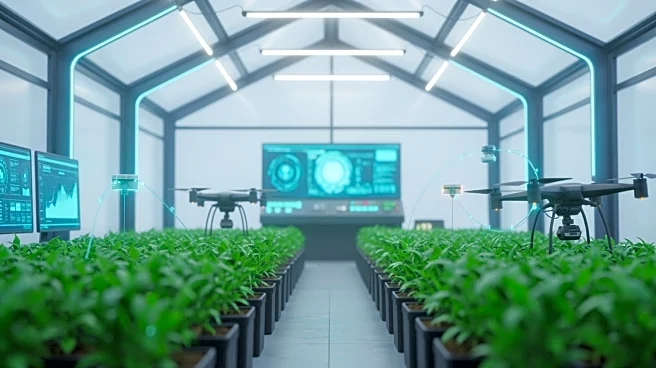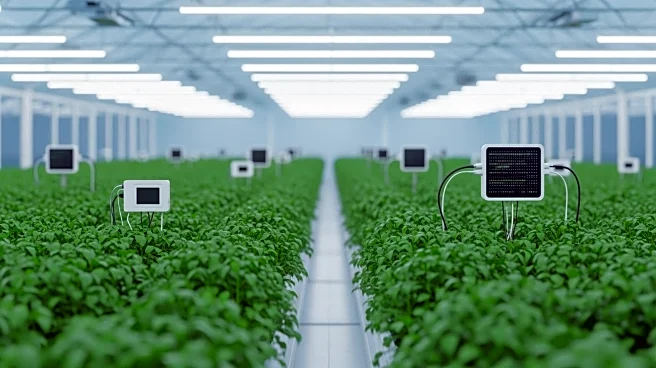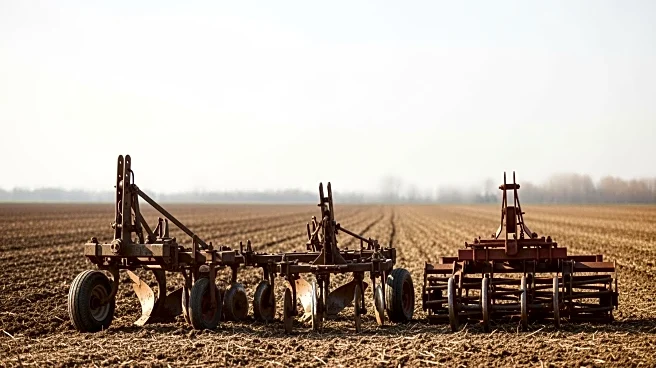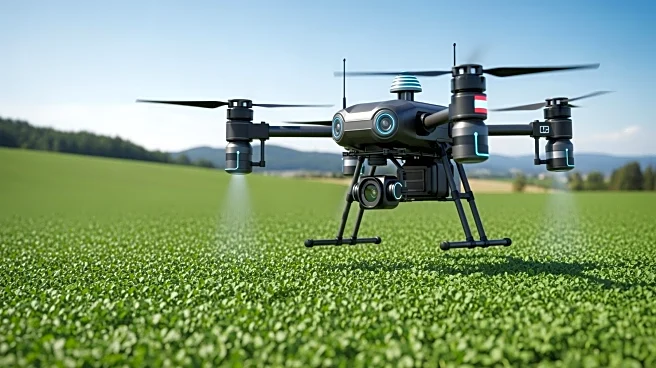What's Happening?
The market for smart agriculture edge computing devices is experiencing significant growth, driven by government initiatives and collaborations between public and private sectors. These devices are designed
to enhance farming operations by providing real-time data processing at the field level, reducing the need for continuous cloud connectivity. The market is projected to grow from $2.9 billion in 2024 to $16.7 billion by 2034, with a compound annual growth rate of 19.5%. Key players in the market include John Deere, IBM, and Microsoft, among others. The adoption of these technologies is expected to improve resource utilization and support sustainable farming practices.
Why It's Important?
The expansion of smart agriculture edge computing devices is crucial for addressing the increasing pressure on global food supply chains. By enabling more efficient and sustainable farming practices, these technologies help farmers optimize resource use and adapt to changing environmental conditions. The integration of AI-driven analytics and sensor fusion in these devices provides actionable insights, enhancing decision-making processes in agriculture. This growth is particularly important for regions with limited infrastructure, where energy-efficient and durable devices can significantly impact productivity and sustainability.
What's Next?
The market is expected to benefit from advancements in 5G and hybrid cloud-edge architectures, which will facilitate faster data transmission and scalable deployments. As these technologies become more accessible, their adoption is likely to increase, particularly among large farms and agricultural cooperatives. Continued investment in smart agriculture initiatives and digital farming solutions will further drive market expansion, supporting the development of more advanced and integrated farming systems.
